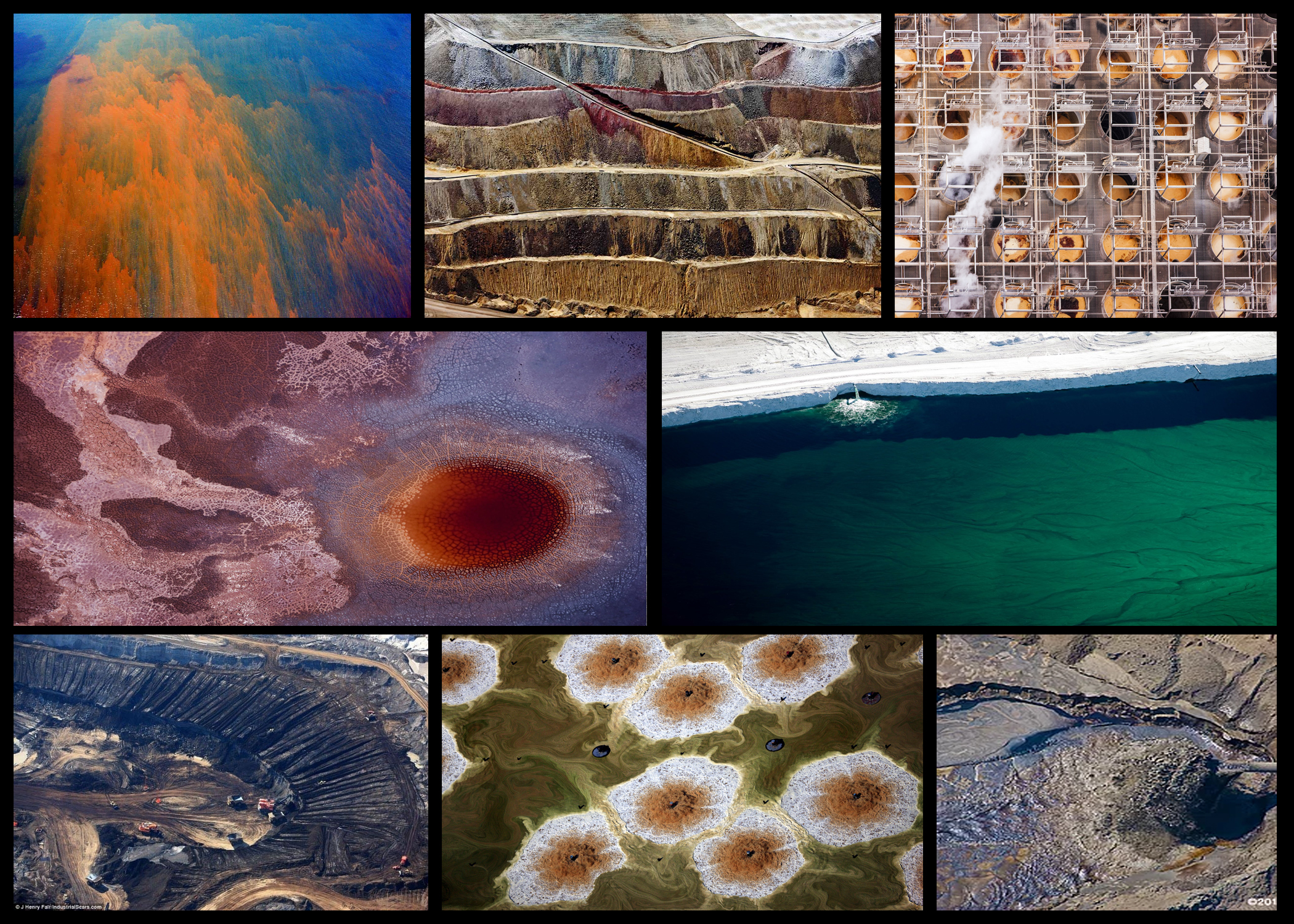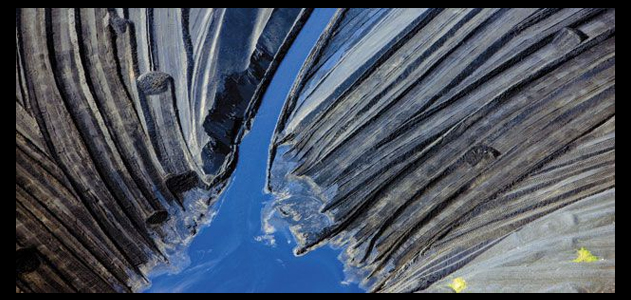Who is Henry J Fair?
Fair is an American photographer, environmental activist, and co-founder of the Wolf Conservation Center in New York. Photographer J Henry Fair is best known for industrial scars series, where he researches our world’s most egregious environmental disasters and create image that are simultaneously stunning and horrifying, resembling abstract paintings by Georgia O’Keeffe and Jackson Pollock. His works have been featured in segments on The Today Show, CNN, Geographic, Rolling Stone and New York Magazine. In addition to this he travels the world in fine art exhibitions at major museums, galleries and educational institutes.
Fair uses large-scale aerial photo shoots to accompany documentary research, with various projects exploring the detritus of our consumer society. His main project, Industrial Scars, photographs a huge range of subjects from oil drilling and coal ash waste, to larger agricultural production such as abandoned mining operations. Each photo calls attention to environmental and political problems in different regions of the world. Here are some examples of his work below: 
After reviewing the images that Fair produced I decided it was time to annotate one of photos he had produced in order to have a greater understanding of the process behind it. To do this I would have to look at three factors, conceptual, technical and visual. By doing this I would be able to create a response to this as the methods and process used would be more aware to me. The image I have decided to analyze is called Bulldozed Ash, and is part of the Industrial Scars project:
Visual: Visually the image is aesthetically pleasing to look at, with the bright vivid colours of the water being complimented by the dull colours of the surrounding ash. The water itself prevents the ash from becoming too overpowering, breaking it up through the stream which runs north of the photo. To stop the image from becoming too dull there are elements of yellows and various other colours to help bring life and beauty into it, with the gradient of the ash into water allowing for a smoother overall feel.
Technical: The images uses a higher saturation than normal to produce the coloured desire. By doing this it brings out colours that would have been otherwise invisible to the eye, providing the viewer with a scene that looks almost too alien to be real. This is accompanied by a higher contrast which emphasizes the shadows between piles of dirt creating a mountain like terrain, whilst smoothing the transition between ash and water. The piece has purposely been made landscape to induce symmetry, using the composition as a form in which the water can break up the endless piles of ash.
Conceptual: The piece comes from the project Industrial Scars, looking at how pollution and man’s intervention towards the environment leads to the scarring and warping of the areas around it. The majority of work is based around oil industries and the consequences of using the most valuable fuel, seen in the image above from all the ash produced by one factory. This brings awareness to the matter concerning global issues such as global warming and the ever increasing raise to obtain a sustainable power source.
